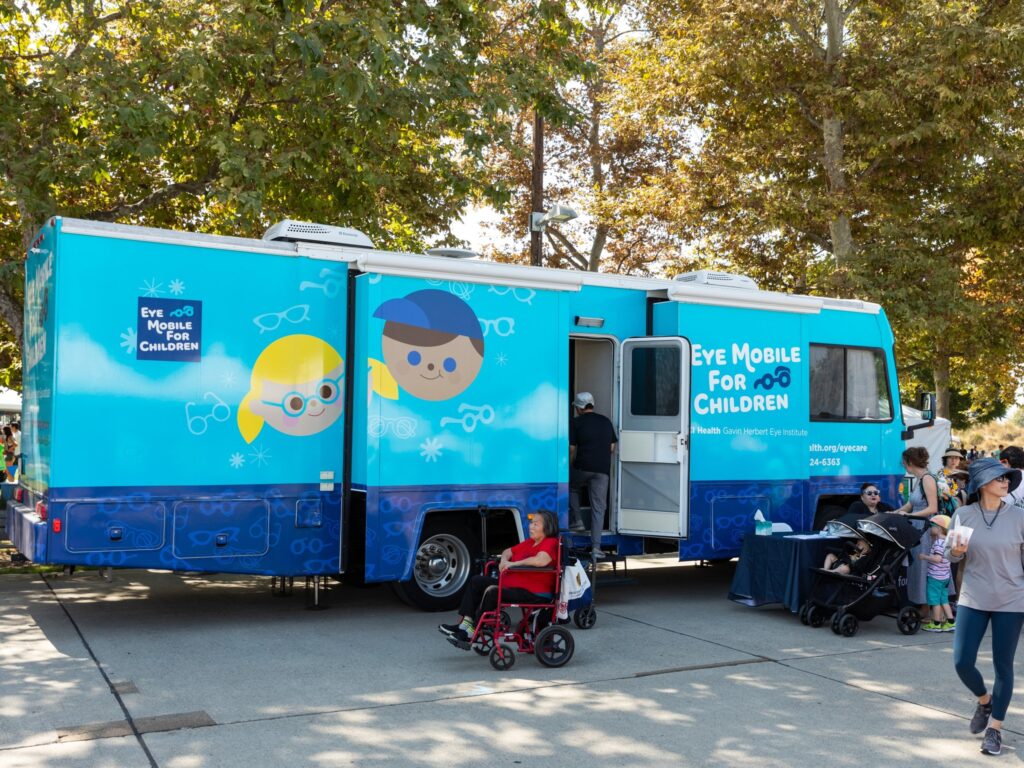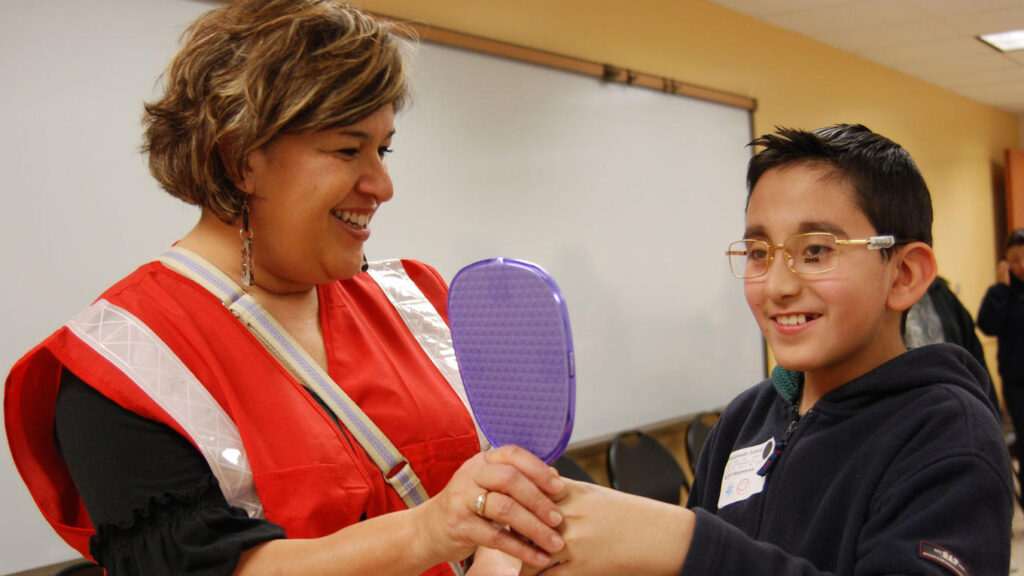The way patients receive health care in the United States has changed significantly in recent years. With the evolving health care landscape and an increasing population of senior citizens, mobile clinics are becoming increasingly vital, especially for communities where financial constraints and environmental barriers limit access to health care services. These socioeconomic barriers, especially in pediatric eye care, can leave children undiagnosed and untreated for amblyopia and other ocular conditions, resulting in lifelong impaired vision and diminished quality of life.
Previously proven to be successful, mobile health care delivery models are crucial to understand for those providing eye care. Mobile health clinics and programs represent an underutilized resource for health care delivery. With mobile health clinics and health care initiatives, professionals travel to provide health services and are equipped with tools and resources to deliver care effectively. Mobile clinics also serve as a cost-efficient form of health care delivery, as studies show that the average cost per patient is less than traditional clinic services. As an alternative method of care, mobile clinics often fill the gap for those who struggle to access eye care. They provide crucial health care to people who are geographically isolated, hindered by a lack of transportation, or who only have access to under-resourced health care infrastructures.
San Diego Mobile Clinic

One example of a mobile clinic is The University of California Irvine (UCI) EyeMobile, which provides no-cost eye care, prescription spectacles, and vision screenings throughout Orange County. In participating school campuses and venues, EyeMobile provided services to 5,074 school-age children and 230 students were fitted for new glasses frames.
The program is also designed to detect children with amblyopia, known colloquially as “lazy eye,” where an eye cannot be corrected to 20/20 vision. If left uncorrected, amblyopia can lead to poor visual system development and lifelong vision loss in children. Early detection of amblyopia leads to better vision outcomes.
Furthermore, data from UCI EyeMobile found the demand for its services was far higher in schools within socioeconomically disadvantaged areas of Orange County. Nonprofit programs such as UCI EyeMobile rely solely on donations and grants to operate. Many community leaders and researchers are advocating for the usage of mobile clinics. Proposals to better support mobile health care delivery models include obtaining more government funding, which would allow the mobile health clinic system to develop by increasing the number of mobile clinics. Furthermore, improving these programs will improve public health and health care systems at the local and state levels. Certain populations, such as the children of the underserved and those who are homeless, receive specific funding, but further work is needed to apply and highlight the benefits of mobile health initiatives for the entire health system.
Houston Mobile Clinic SEE TO SUCCEED
Like UCI EyeMobile, SeeToSucceed is a public-private initiative backed by the Houston Health Foundation. The program has served over 80,000 students, providing comprehensive eye exams for students who did not pass the state-mandated vision screenings conducted by school staff.
The initiative sets up week-long mission trips in open venues such as churches or large open spaces. The program also overcomes barriers to transportation by providing a bus to transport students. Once there, students are rotated around multiple stations, including slit lamp examination, color vision testing, stereo testing, and subjective refraction.
Finally, students are assisted by optical staff who measure and fit students for spectacle correction, which is typically delivered in a few weeks to their school campus. SeeToSucceed is also supported by numerous educational institutions such as San Jacinto College and The University of Houston College of Optometry, whose fourth-year students can complete an external rotation site within the SeeToSucceed program.

AMD, Glaucoma and an Aging Population
As the U.S. population ages, there will be an increase in patients with conditions such as age-related macular degeneration (AMD). Research has projected that by 2050, about 17.8 million people will have AMD, more than double those who had AMD in 2016. Likewise, cases of glaucoma are expected to increase by over 90% to affect around 5.5 million people. Similar to amblyopia, without early detection and intervention, glaucoma and AMD can lead to irreversible vision loss. The elderly population is a group that is susceptible to the many barriers to health care access previously listed such as, but not limited to, transportation difficulties, living in disenfranchised areas, and mobility difficulties. These issues affecting a growing population are another reason why more mobile clinic initiatives are paramount.
Future of Mobile Clinics
Mobile health care will be especially useful considering future changes to the social structure of the United States, such as an increased population of elderly people being unable to travel for care. Health initiative clinics will continue to be a resource for young patients and socioeconomically struggling populations. Optometrists and eye care providers play an important role in maintaining the vision and overall health of the population. With the way health care is changing, it is crucial for all health care professionals to stay informed about alternative health care delivery models. By understanding the importance of and participating in mobile initiatives and clinics, eye care providers can better address the diverse needs of their patients, ensure comprehensive care, and overcome barriers to health.
About the author:
Brian Nguyen is a student in the University of Houston College of Optometry Class of 2027.
Sources:
https://equityhealthj.biomedcentral.com/articles/10.1186/s12939-020-1135-7
https://www.ncbi.nlm.nih.gov/pmc/articles/PMC7236869/
https://www.ncbi.nlm.nih.gov/pmc/articles/PMC7758644/
https://www.tandfonline.com/doi/full/10.2147/OPTH.S460879#
https://www.houstonhealth.org/services/clinical/see-to-succeed
